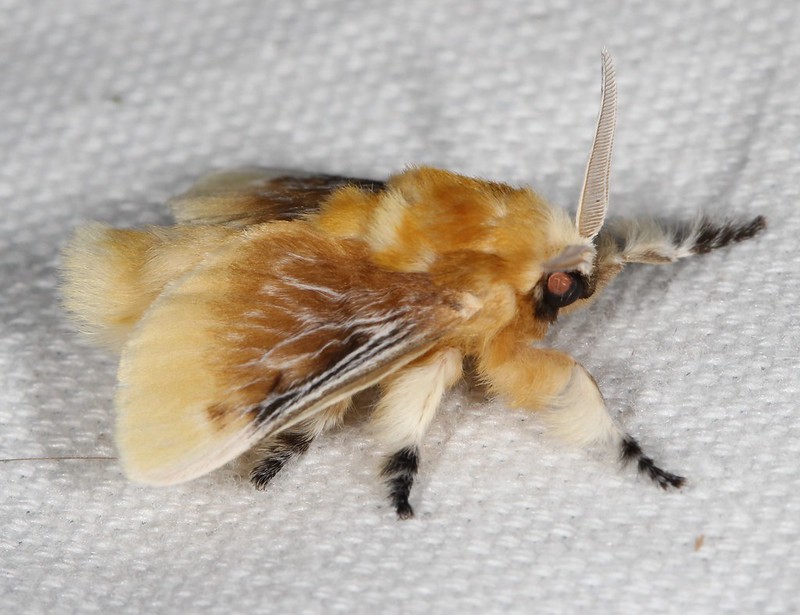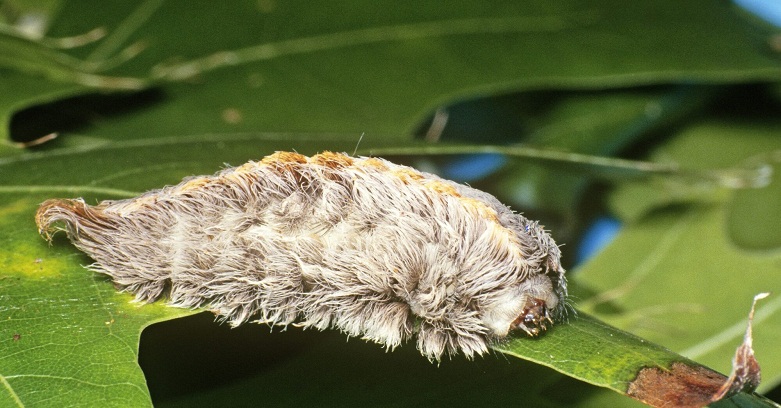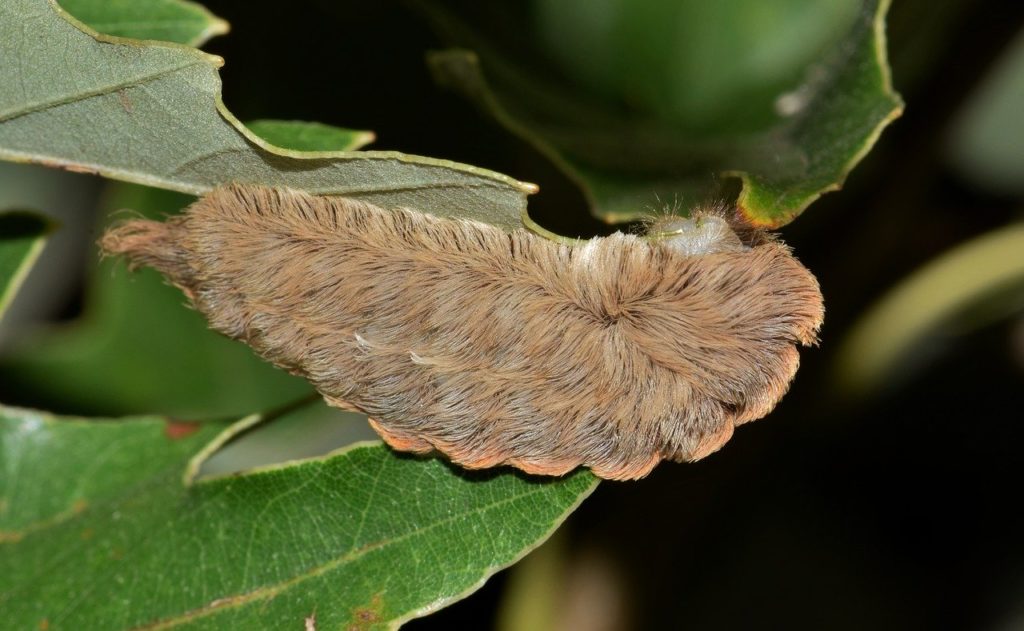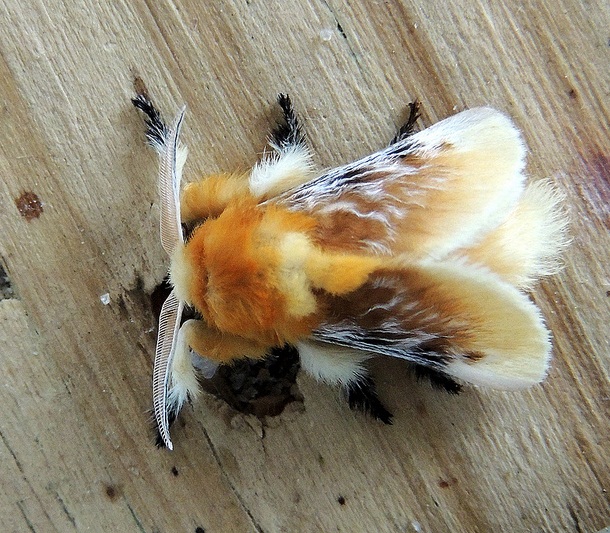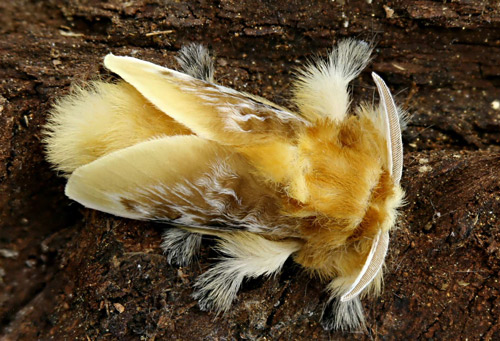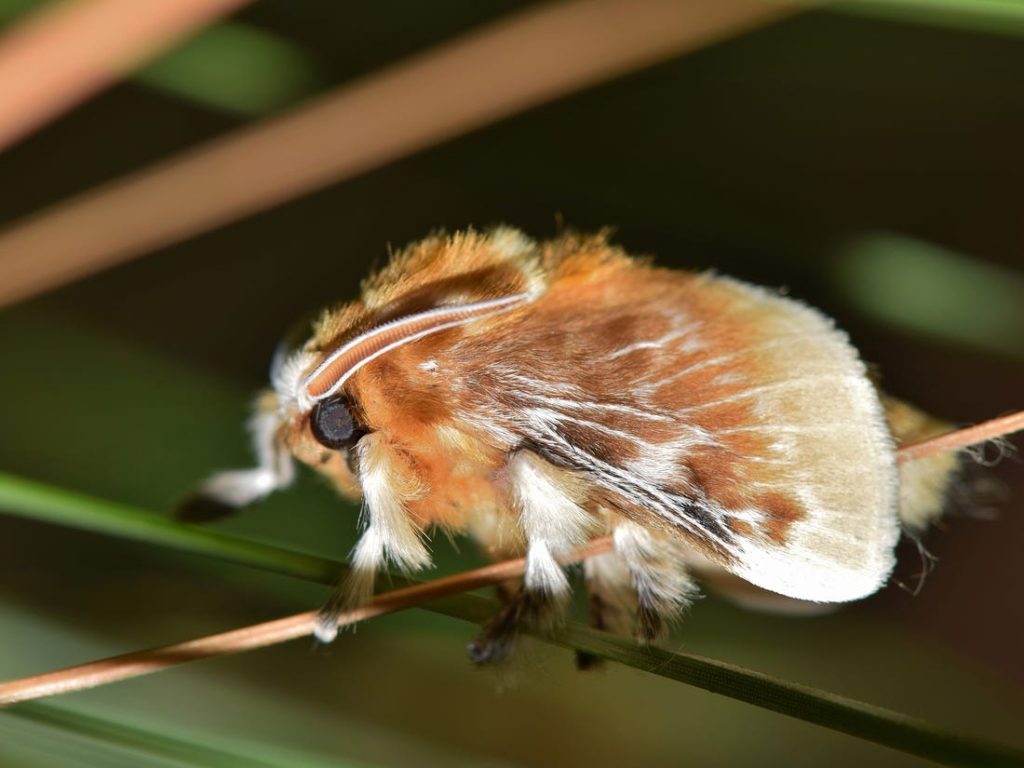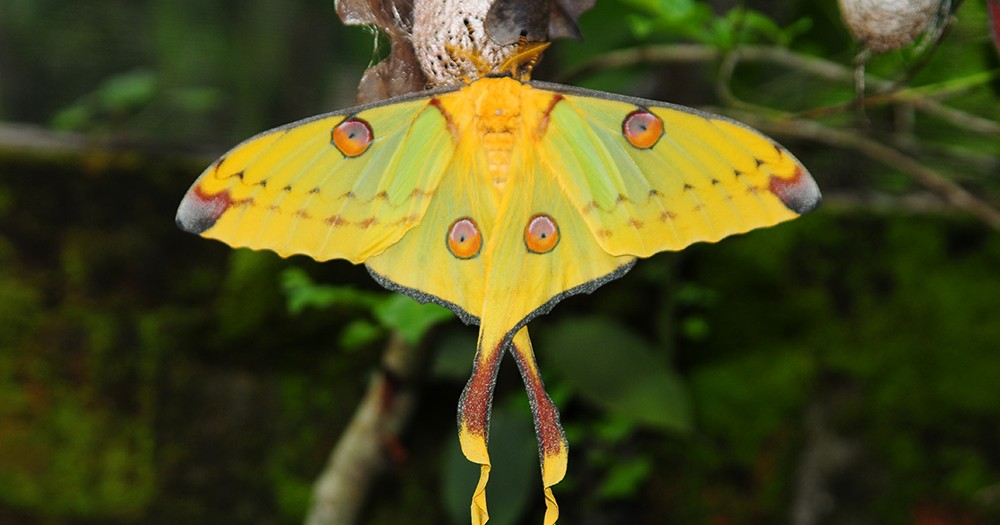Southern Flannel Moth (Megalopyge opercularis)
Southern flannel moth of the flannel moth family is distributed in the eastern and southern parts of the United States and Central America. Their long hairy, scaly appearance makes them resemble a flannel, which is an outcome of their name.
objects.liquidweb.services
Scientific Classification
- Family: Megalopygidae
- Genus: Megalopyge
- Scientific Name: Megalopyge opercularis
Description and Identification
Caterpillar
About 2.54 cm, the larva has a luxuriant covering of hair that makes them look like a miniature version of the Persian cat, resulting in the nickname puss. They have a range of colors varying from grayish-white to charcoal gray to golden brown, with bright orange streaks crossing their body longitudinally. During the initial stage, the fur is too fluffy, making them look puffed-up or cottony. The body gets tapered to a tail going way beyond its body in the first instar stage. In contrast, in the middle instar, it attains a more disheveled appearance, devoid of any tail. A full-grown larva approximately reaches a length of 4 cm.
Pupa
It is one of the few pupae having movable (fourth and sixth) abdominal segments. Though the appendages are adjacent to the body’s surface, they are neither fixed to it nor to one another.
Adult Moth
Sexual Dimorphism: Present
The males appear smaller than the females and have more elongate rami (teeth-like projections) on their antennae than the latter. In females, the rami are so short that the antennae appear as faint as a thread.
Color and Appearance
Forewings: When opened, the forewings are yellow with patches of black (more prominent in the male moths) on the costal margins (area near the ribs) alongside white hairy projections near its base. When closed, it has a similar yellowish-black coloration with white borders on the edges.
Hindwings: When opened and closed, they have a creamy-yellow coloration spread uniformly throughout.
Besides their wings, the overall body color is dull orange or lemon yellow with hairy legs and black feet.
Average Wingspan: 2.4 – 3.6 cm
Flight Pattern: Not recorded
Season: March-May
Eggs
The eggs are light yellow, rounded near the edges, growing to 0.12 – 0.06 cm in length.
Quick Facts
| Other Names | Puss caterpillar, woolly slug, puss moth, asp caterpillar, tree asp, Italian asp, opossum bug (asd the larvae are called) |
| Distribution | Eastern parts of the U.S. touching southeastern Virginia, and Florida, southern U.S., Mexico, certain portions of Central America |
| Habitat | Gardens or forests where plum, oak, elm, rose, and ivy plants grow |
| Predators | Green lacewings, flies, wasps |
| Lifespan of Adults | Not recorded |
| Host Plants | Elm, oak, rose, ivy, wild plum |
| Adult Diet | Nectar of their host plants |
Did You Know
The furry larva is infamous for its venomous spines and can sting humans if touched, resulting in symptoms like itching, pain, rash, or even headache and nausea in case of severities. Some common treatments include removing the spines (if any) using a cellophane tape, alongside applying ice packs or lotion.
Scientific Classification
- Family: Megalopygidae
- Genus: Megalopyge
- Scientific Name: Megalopyge opercularis

